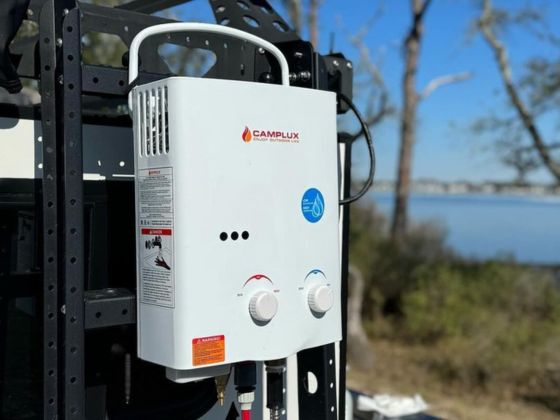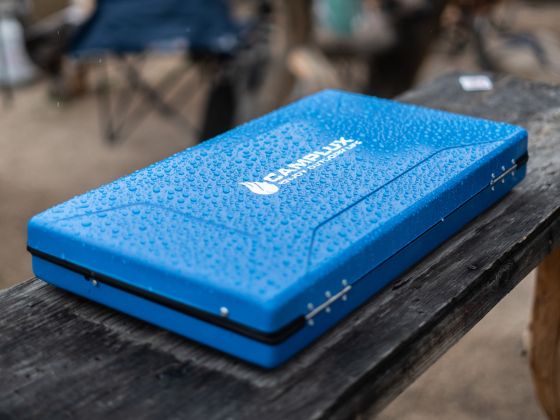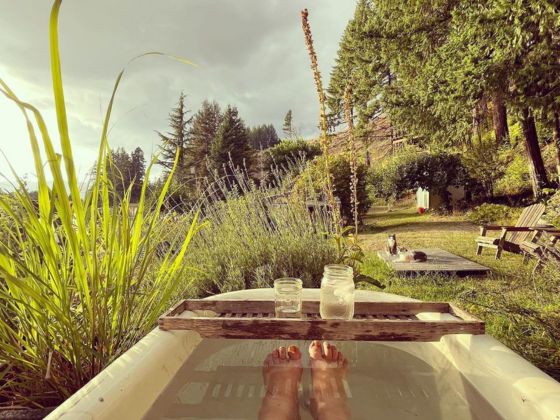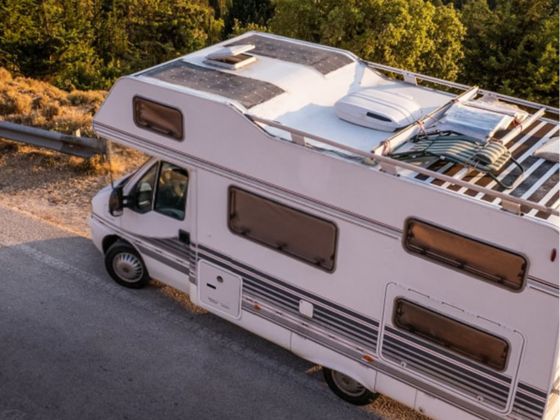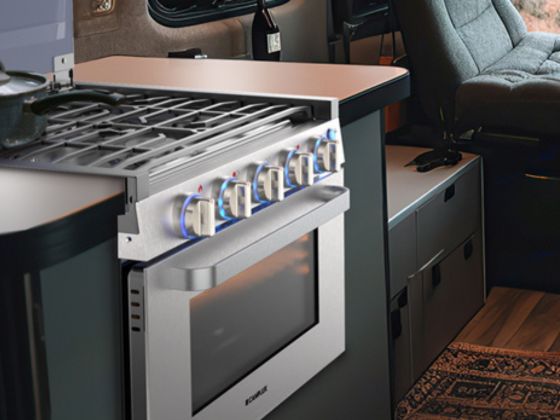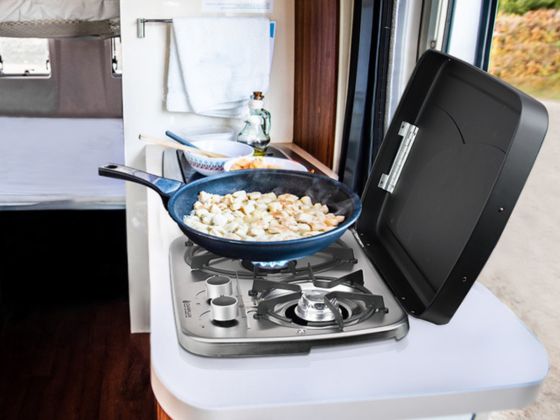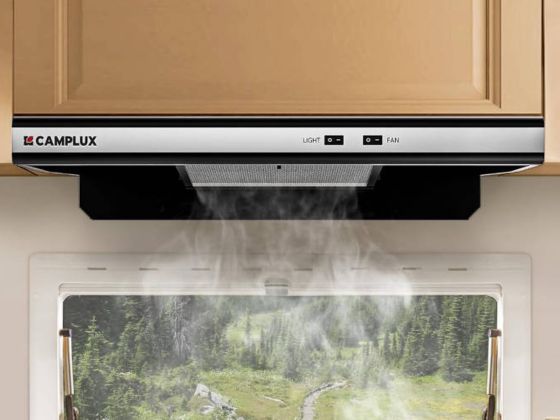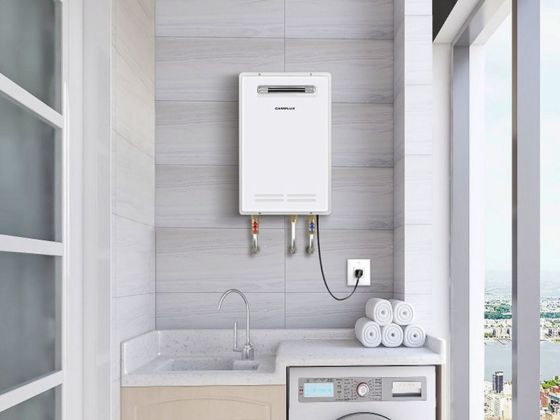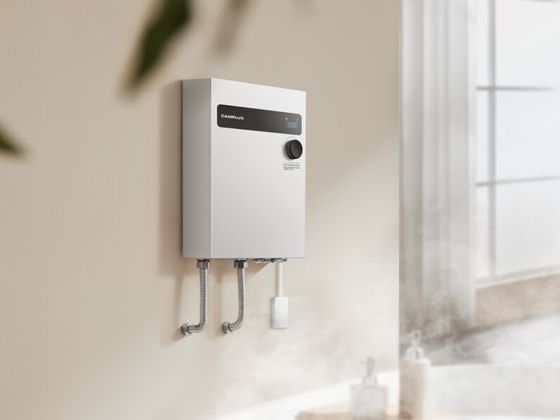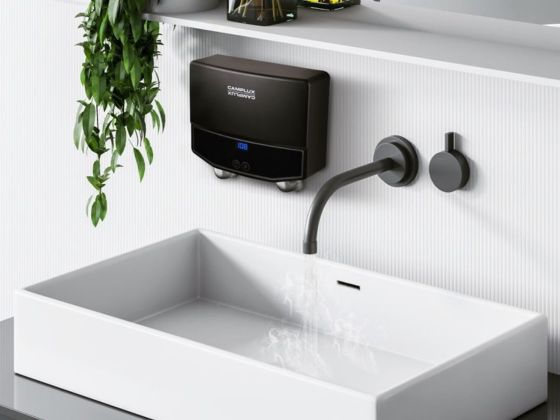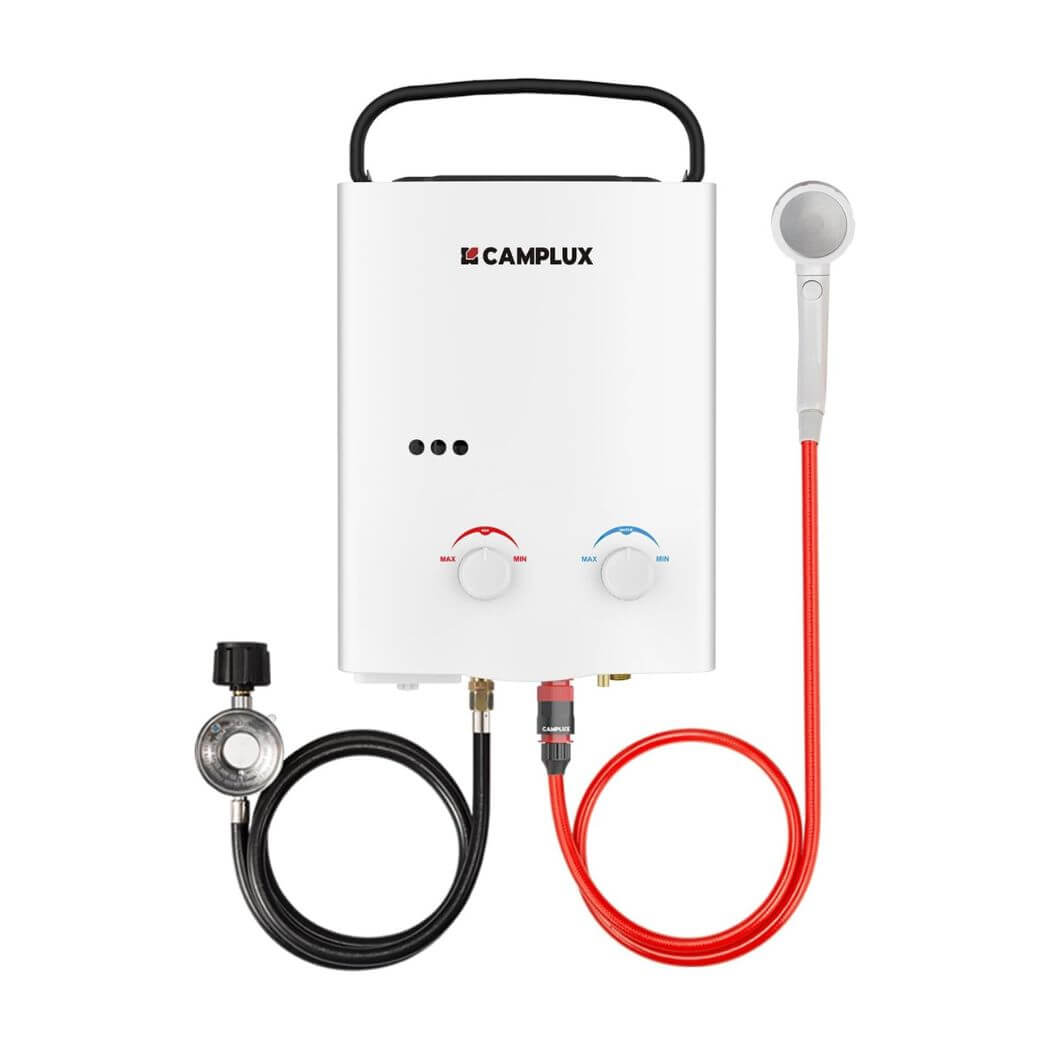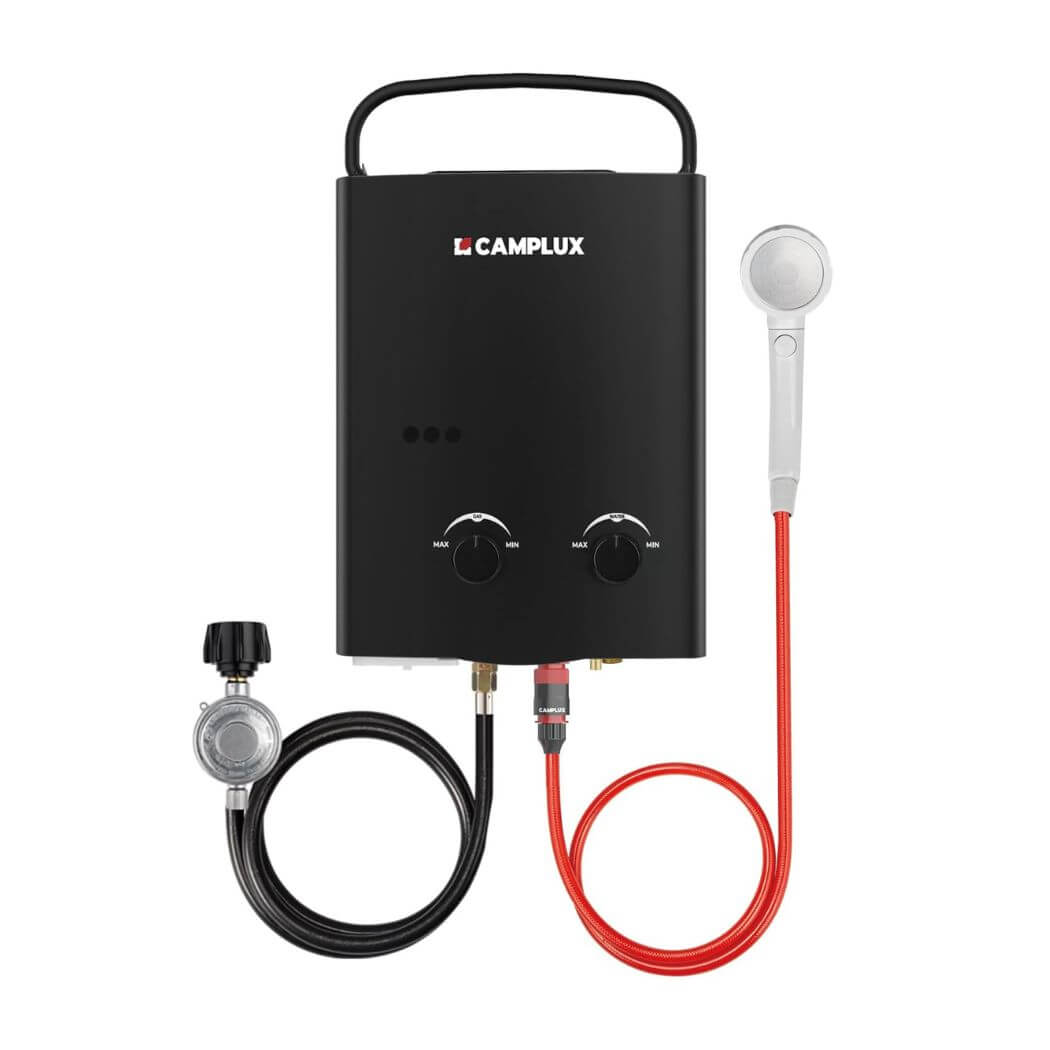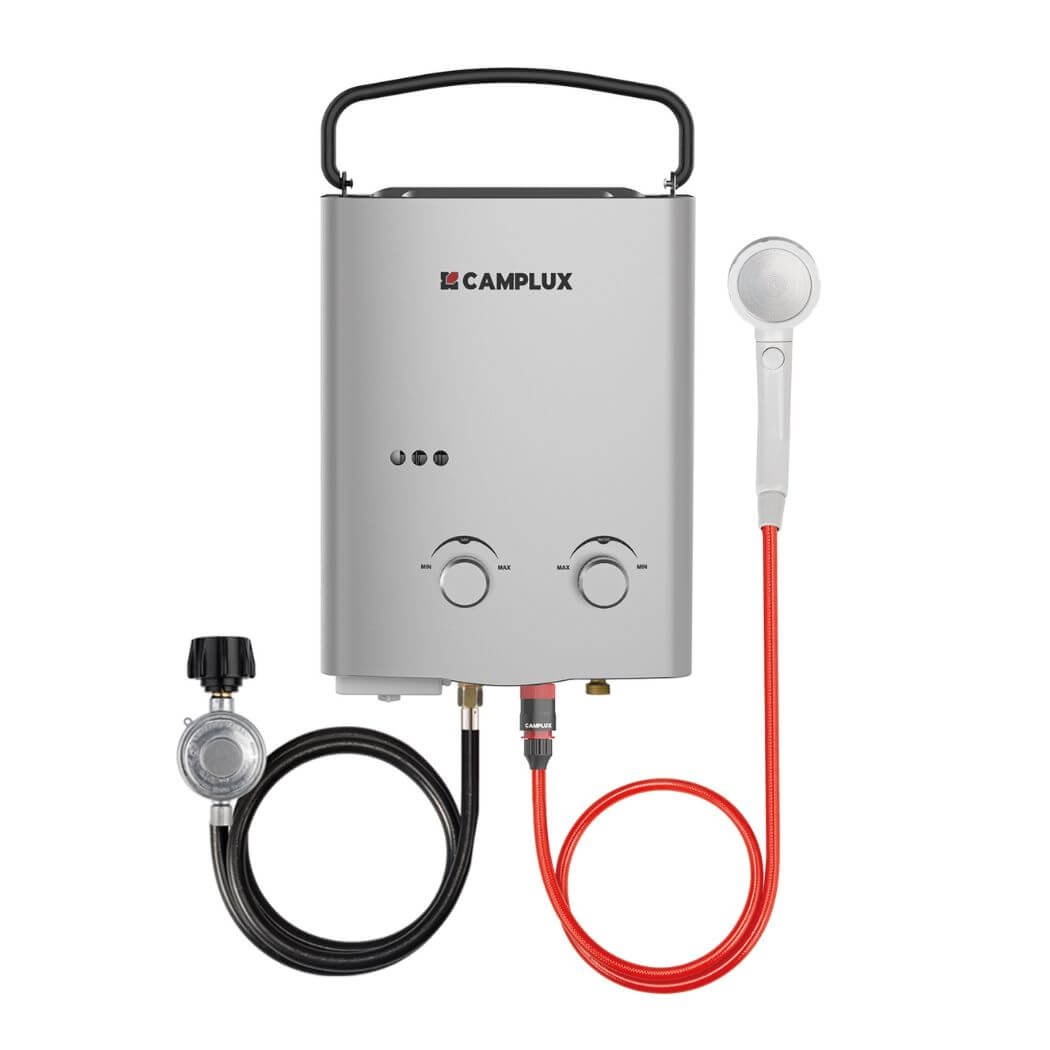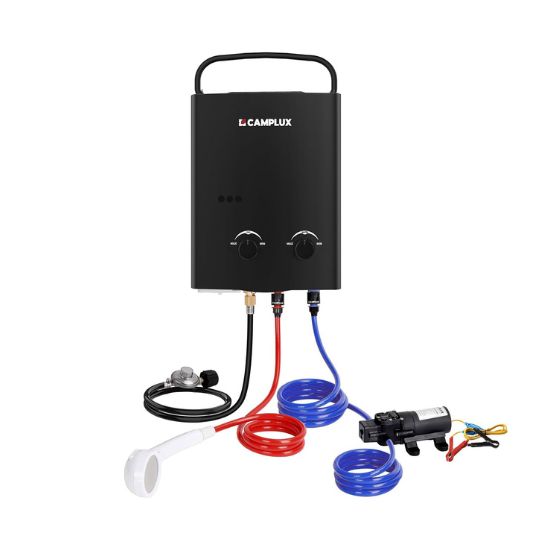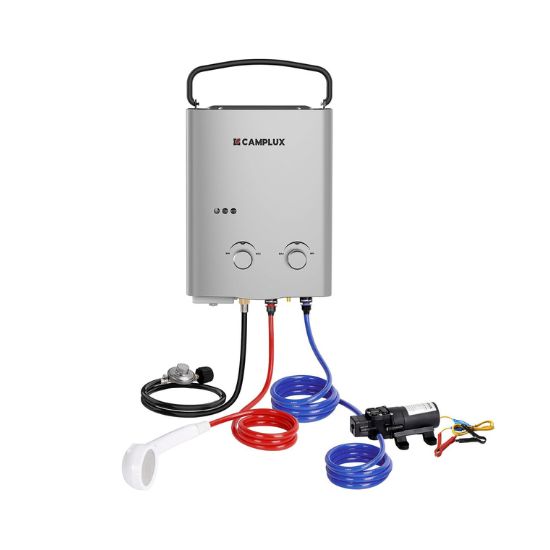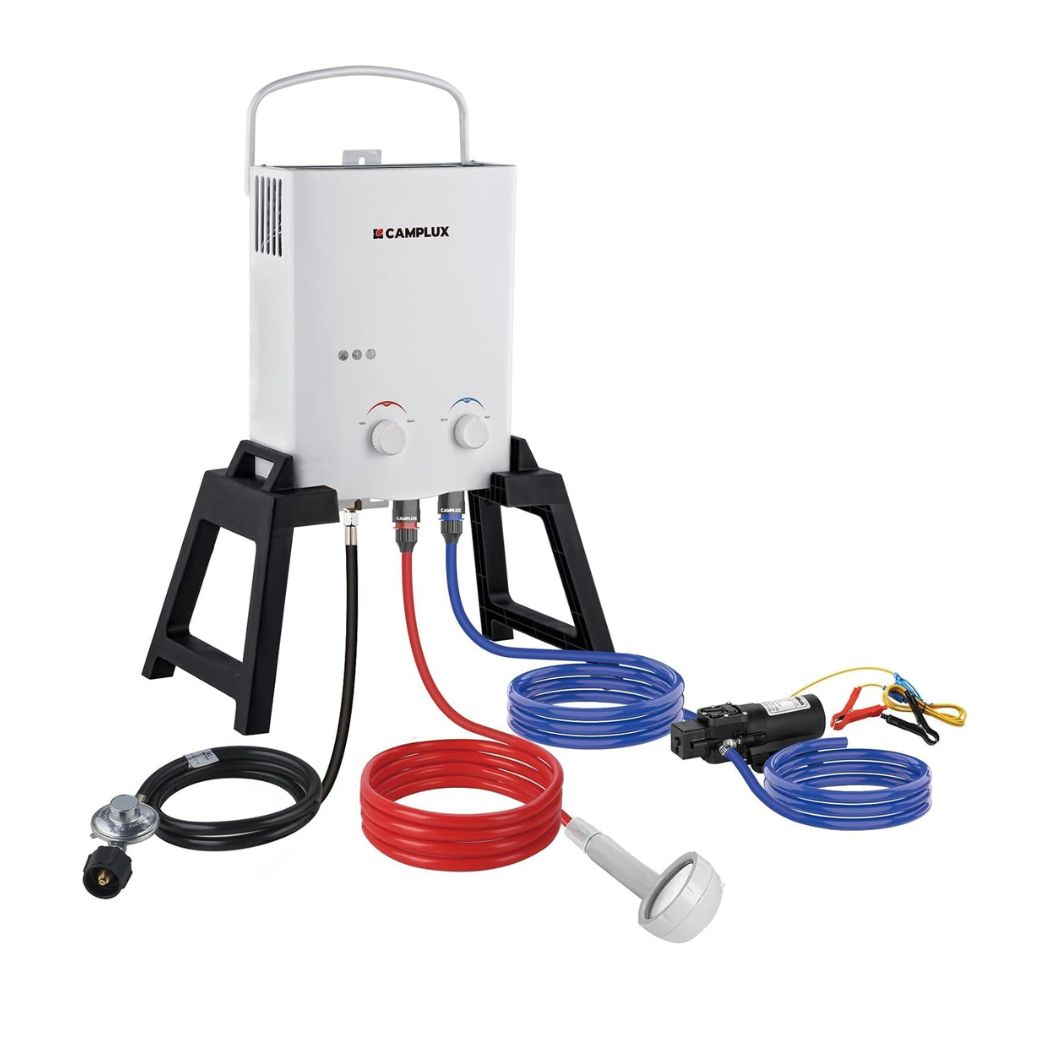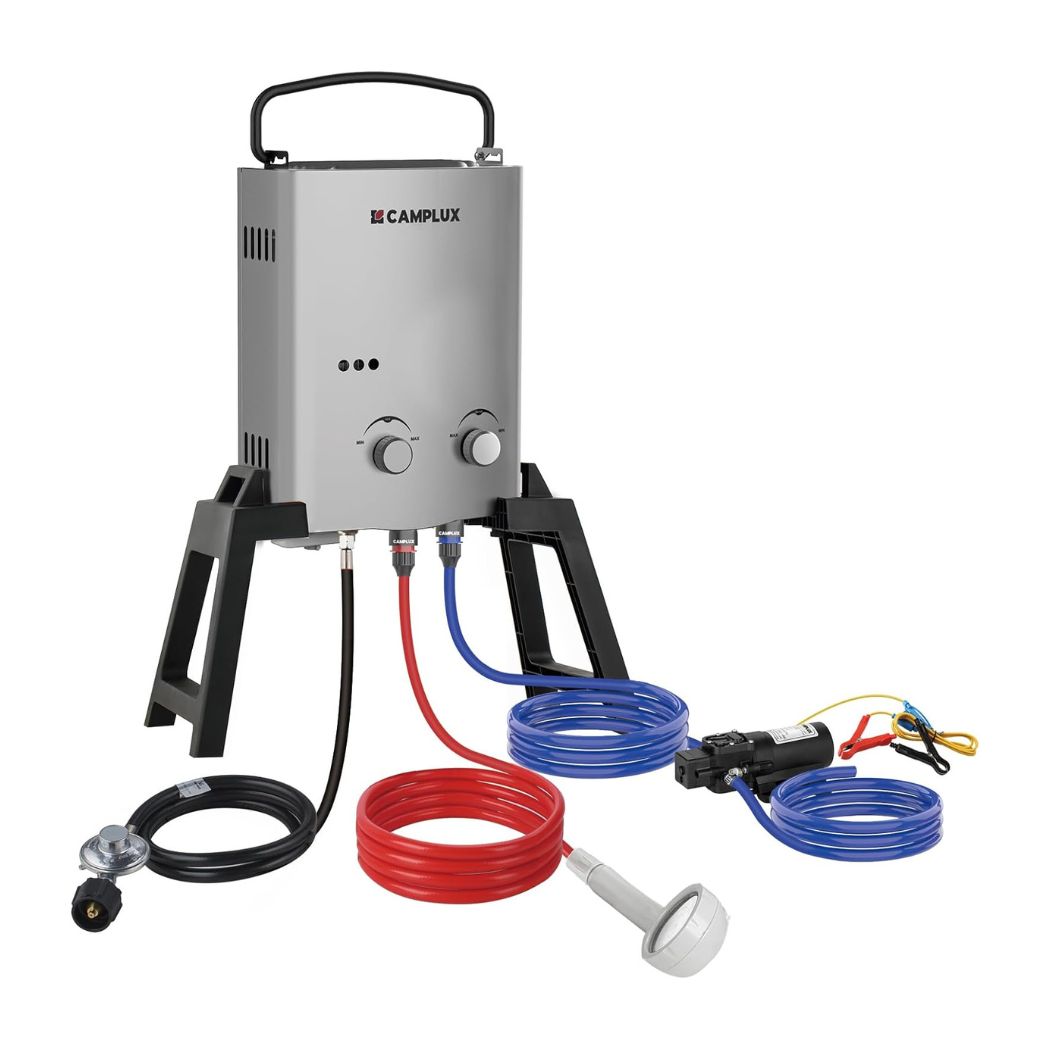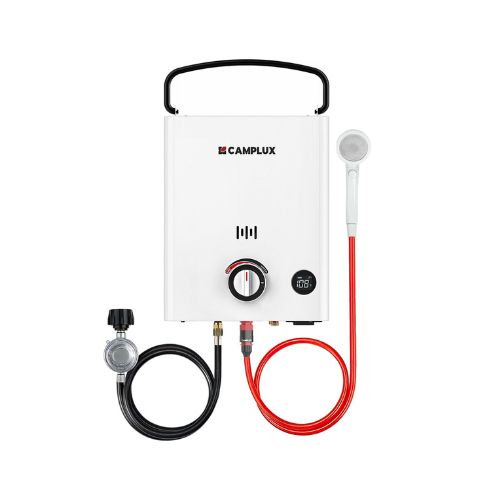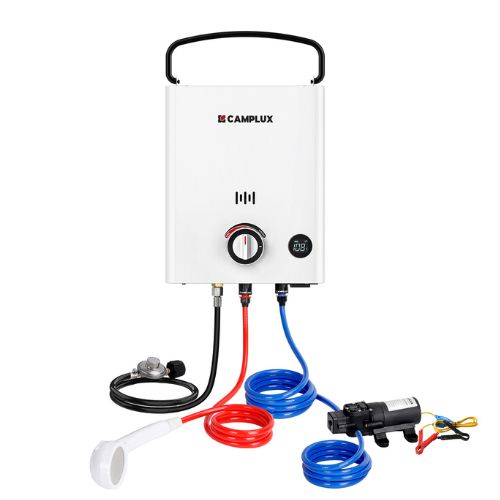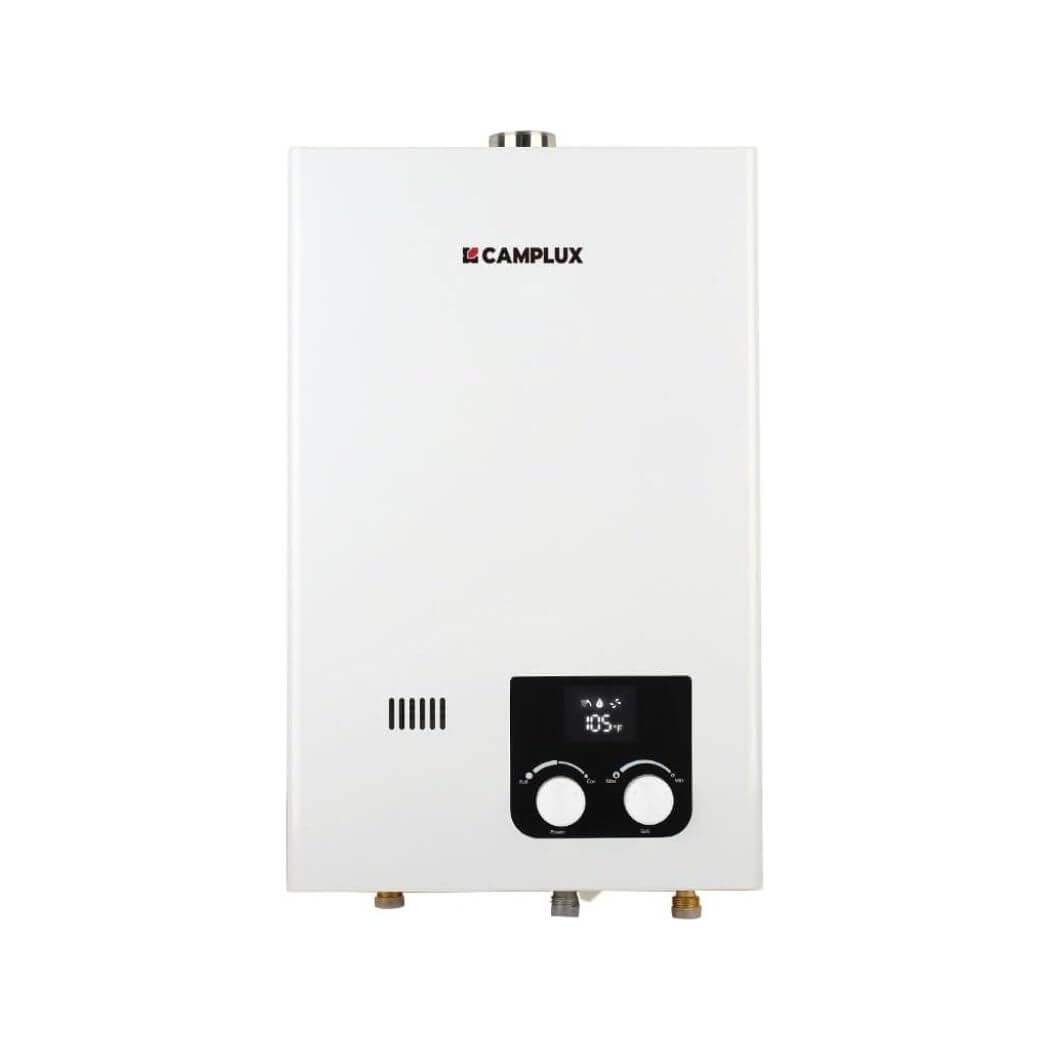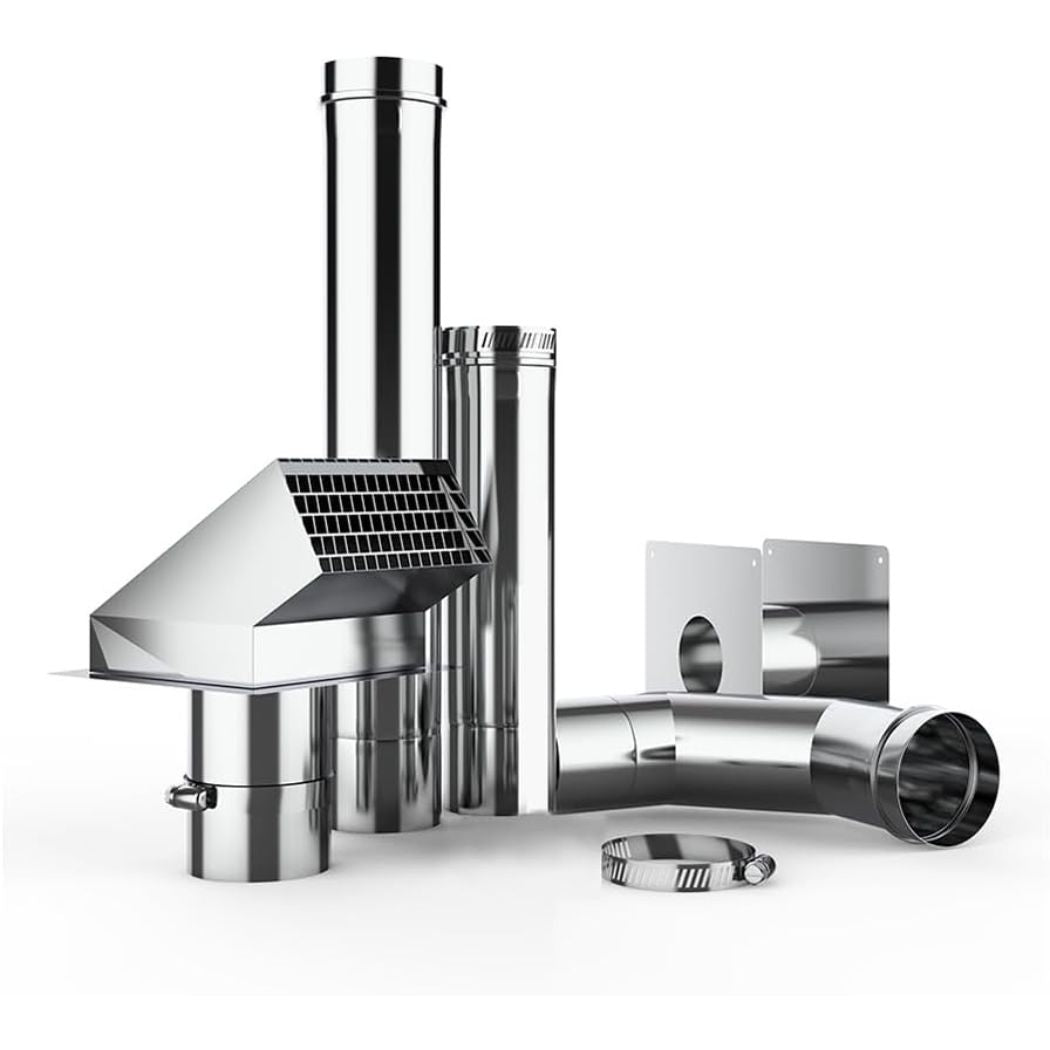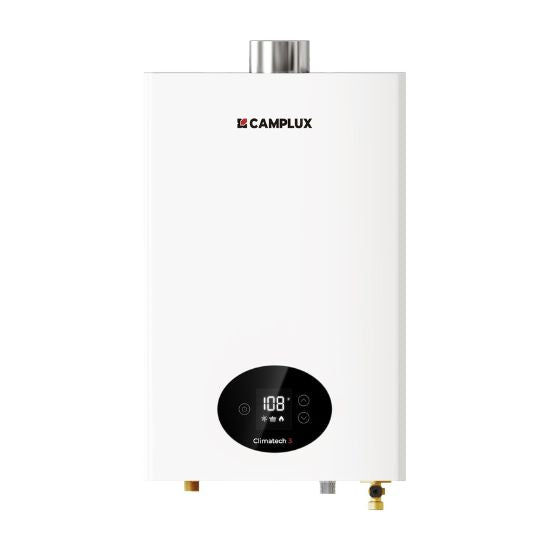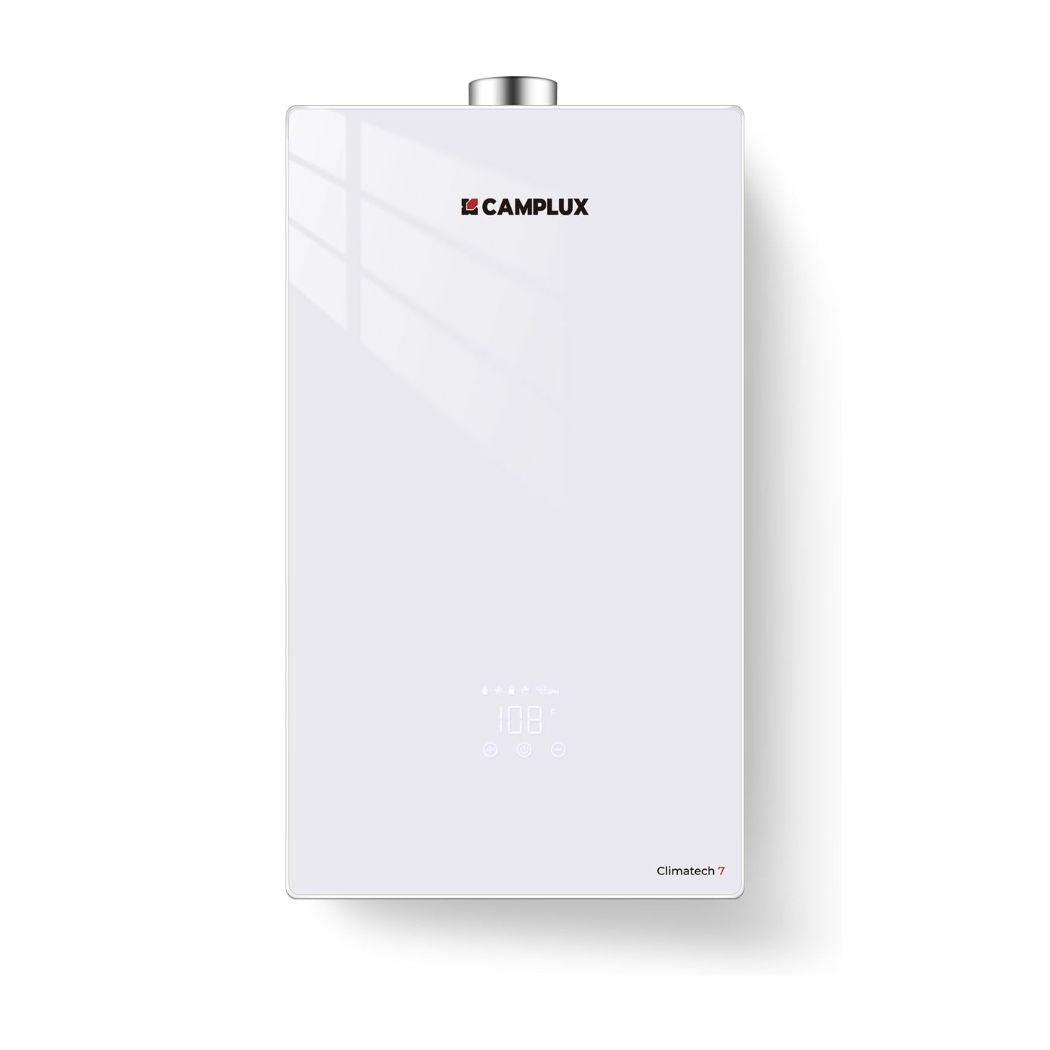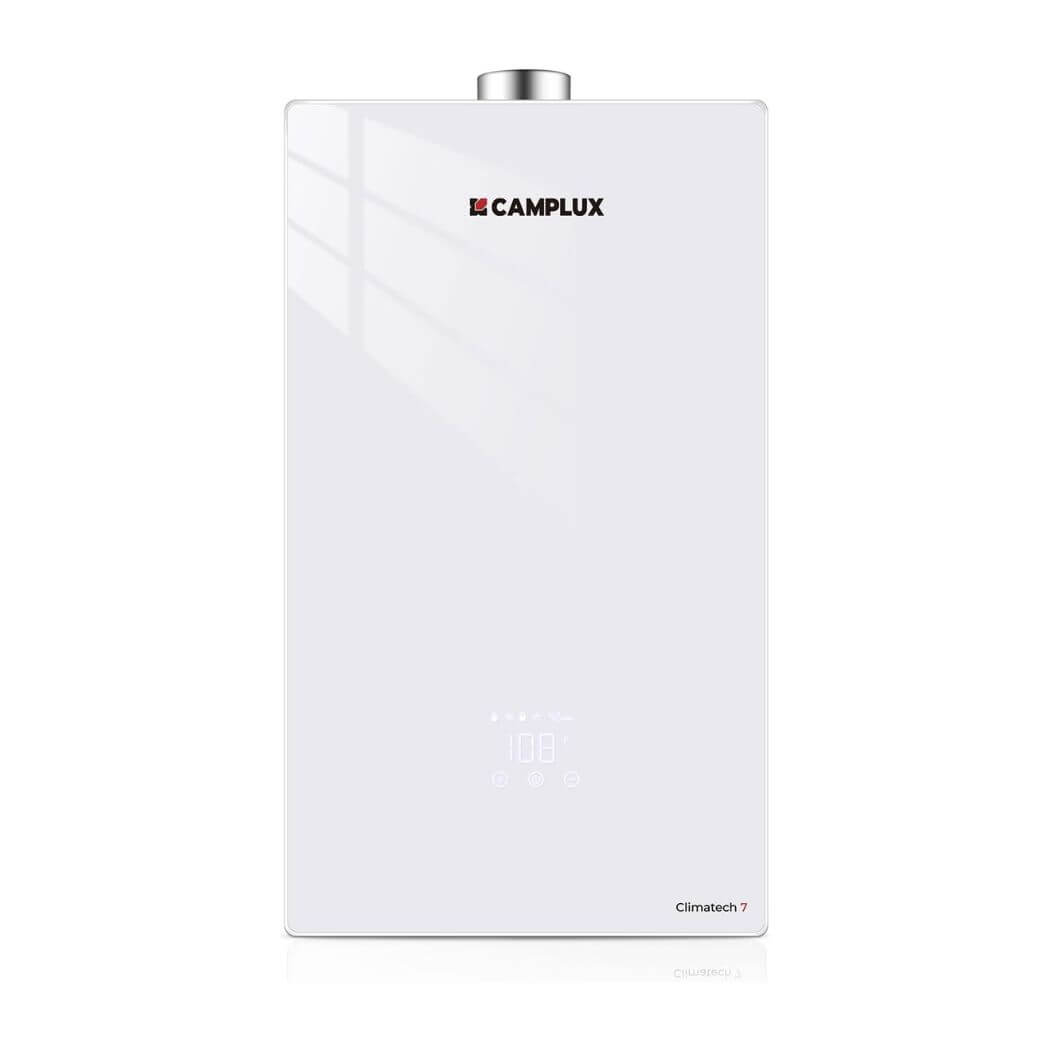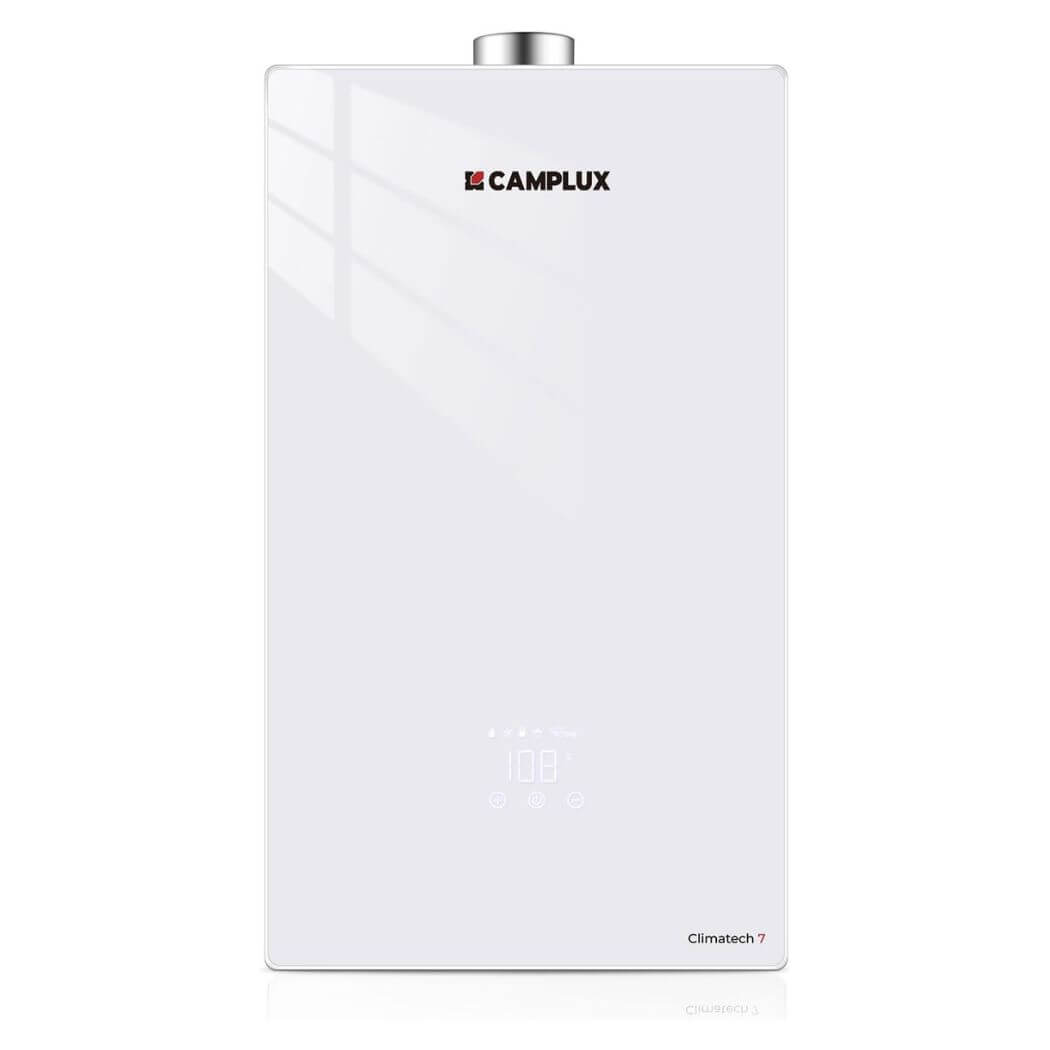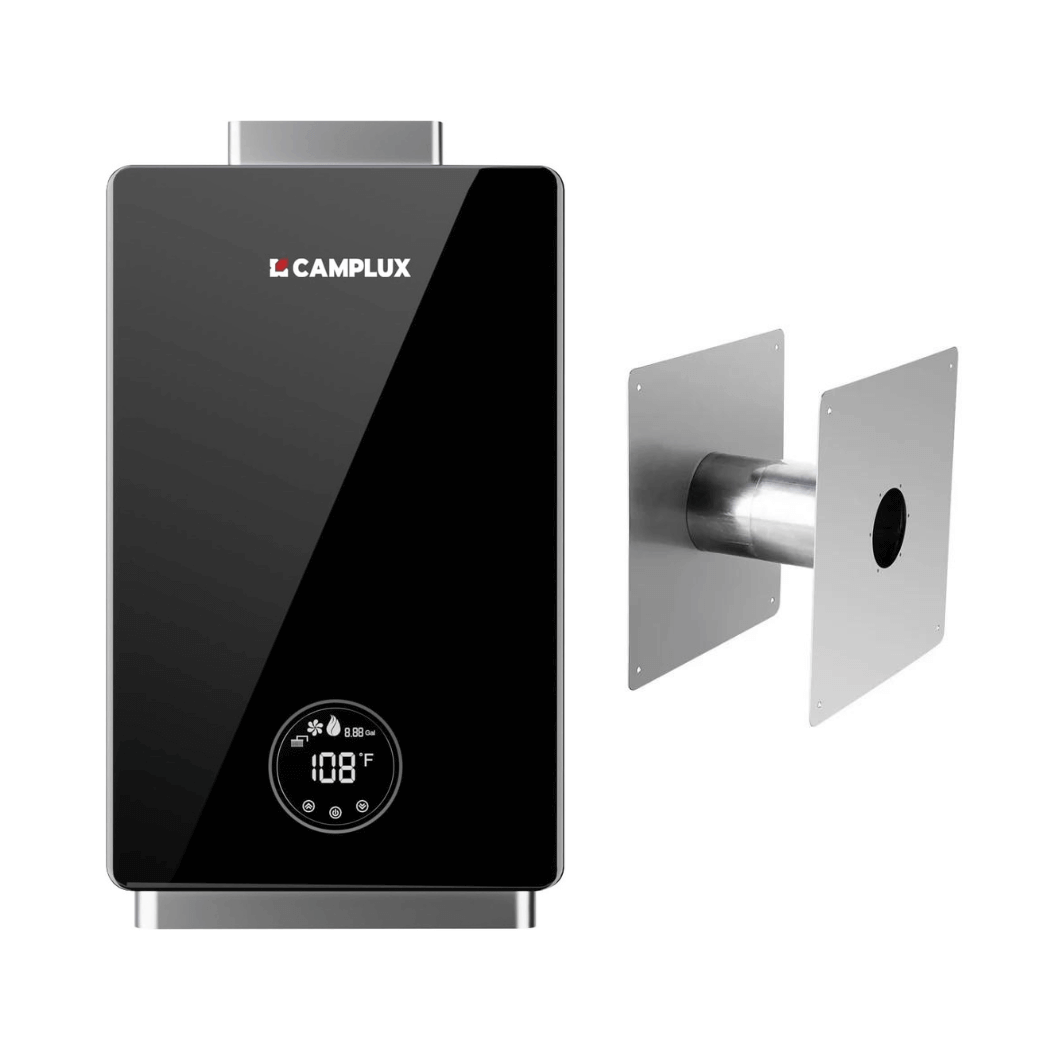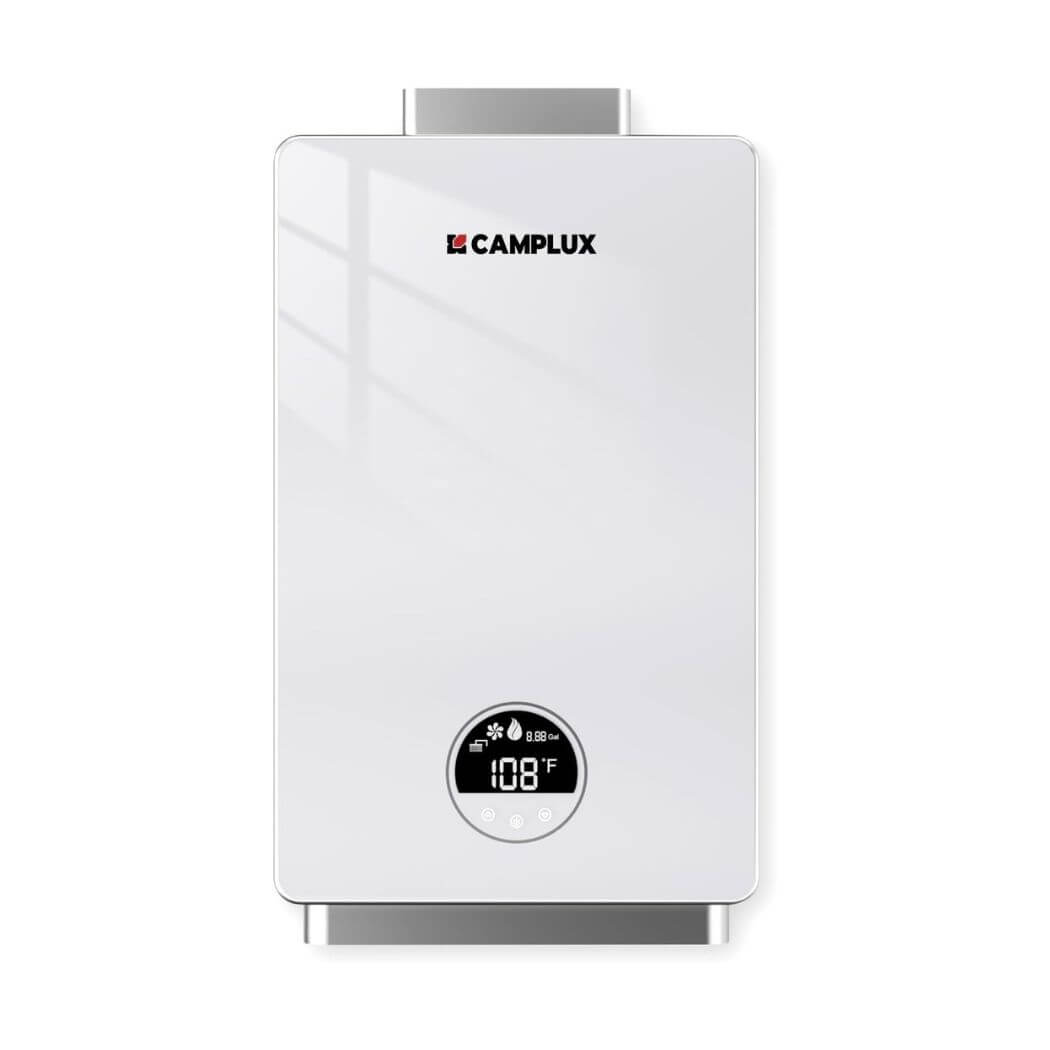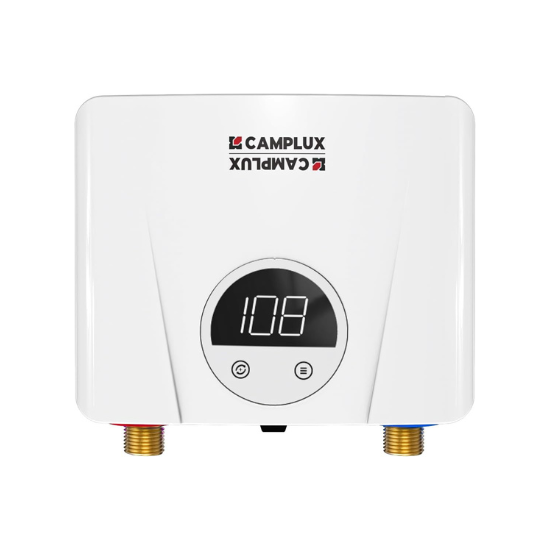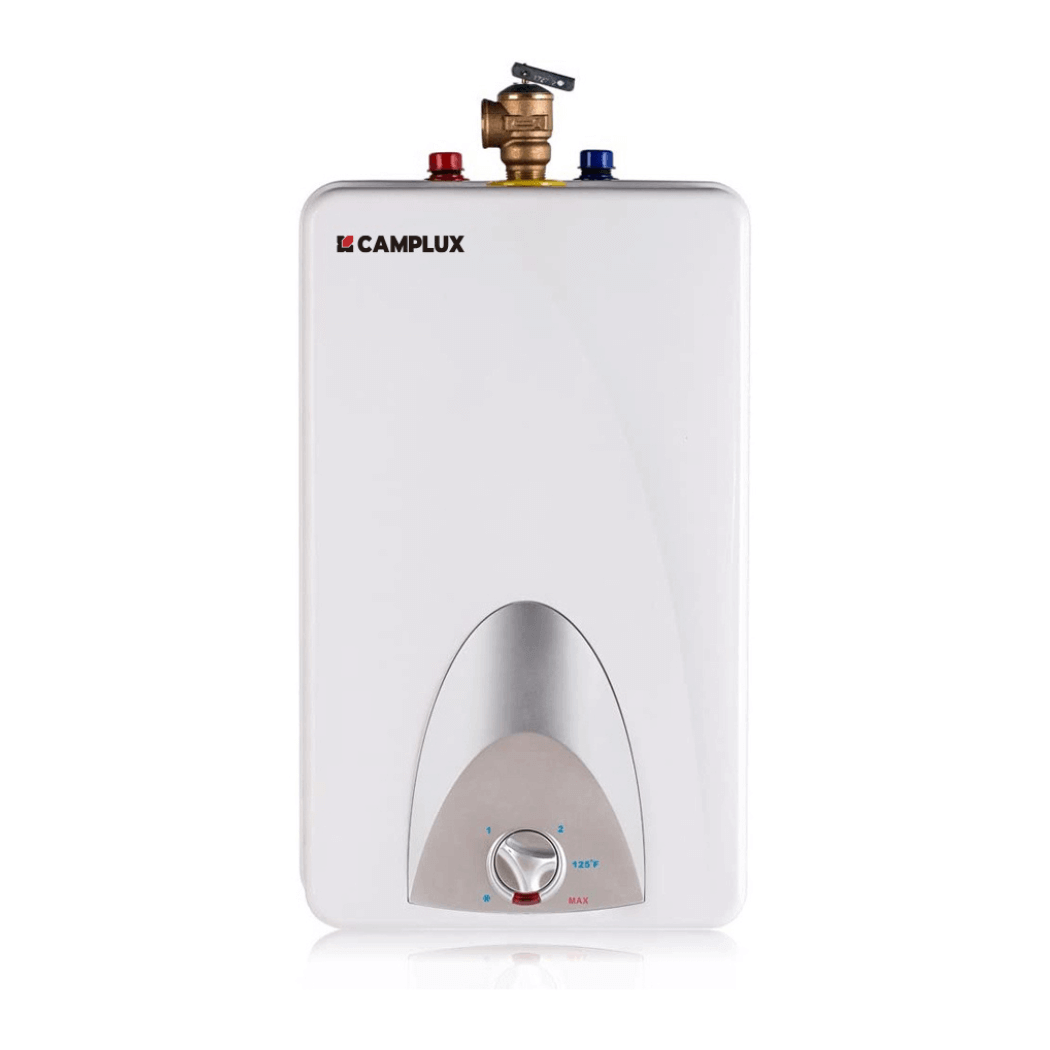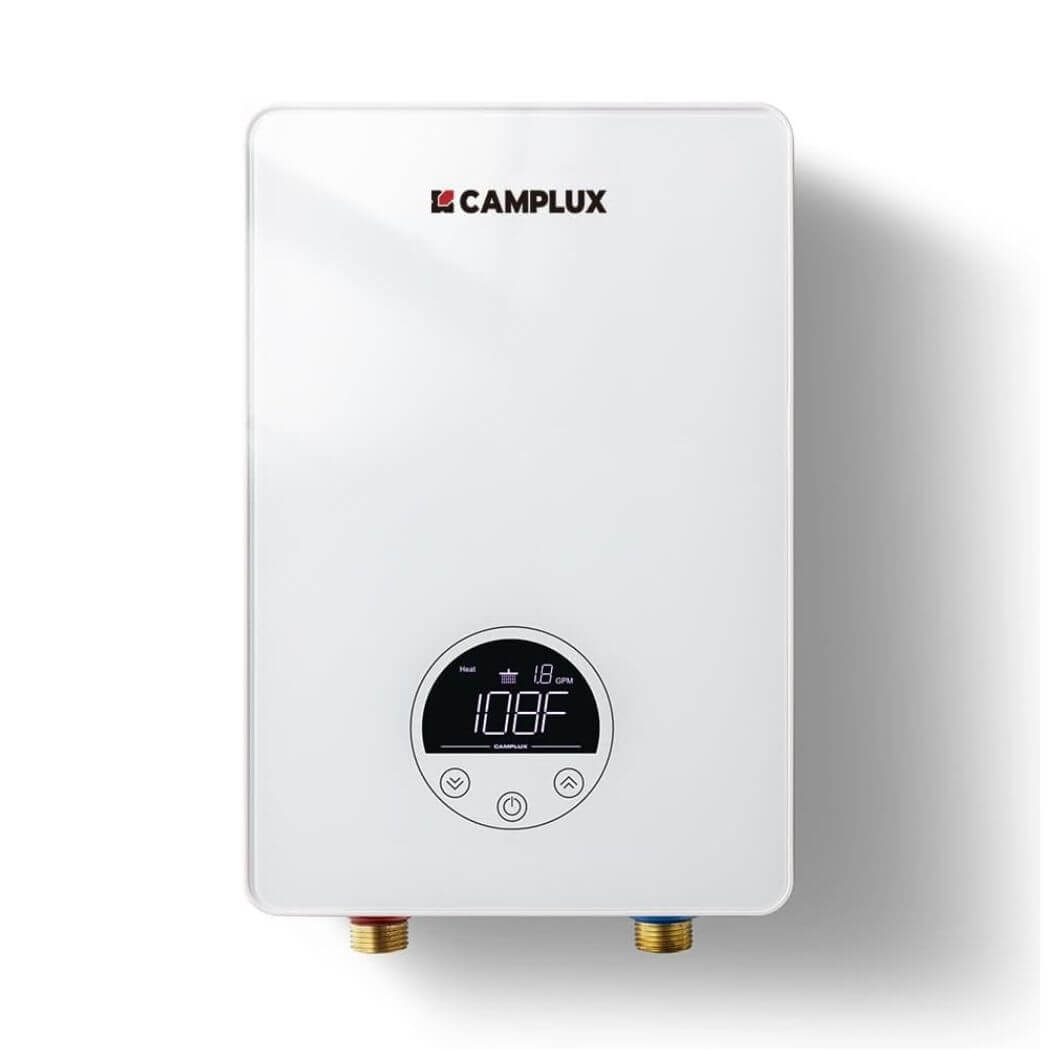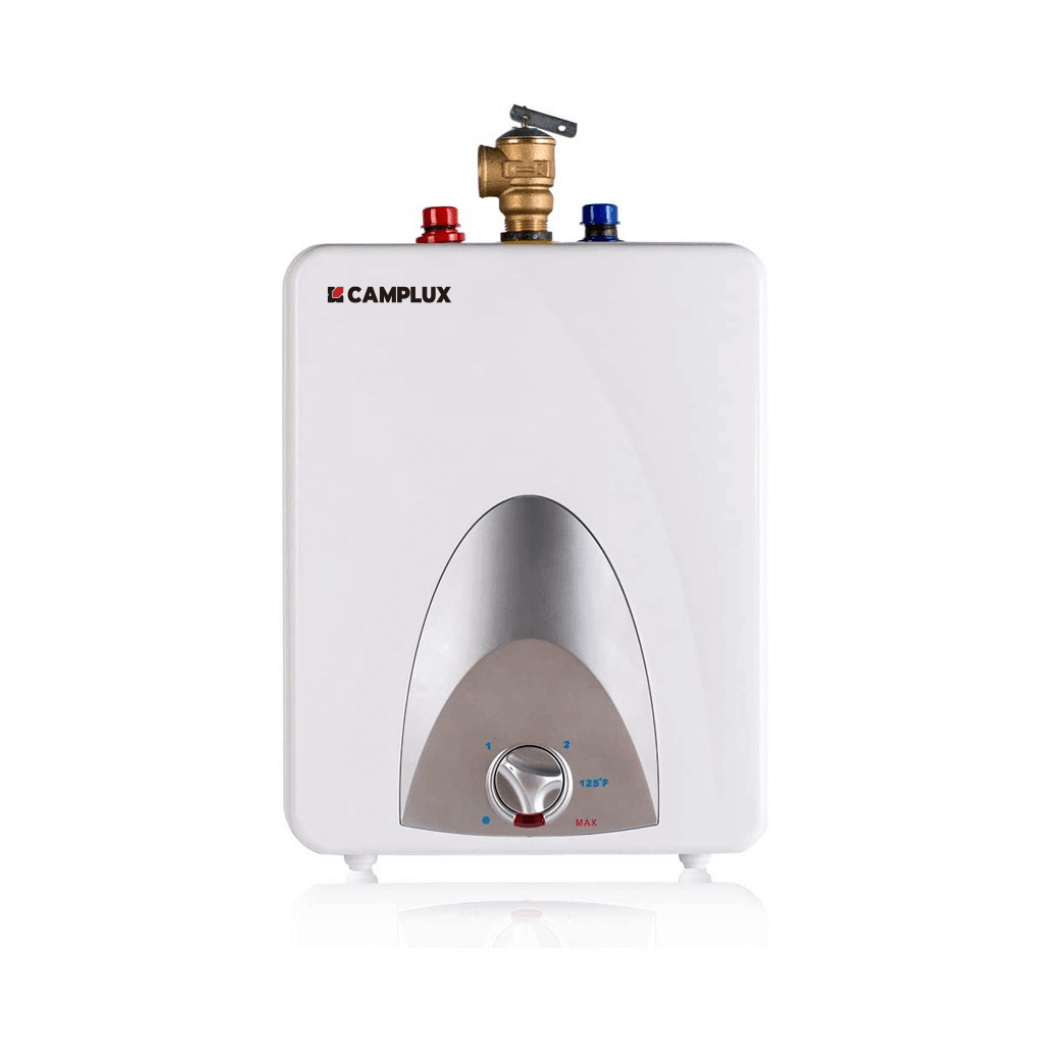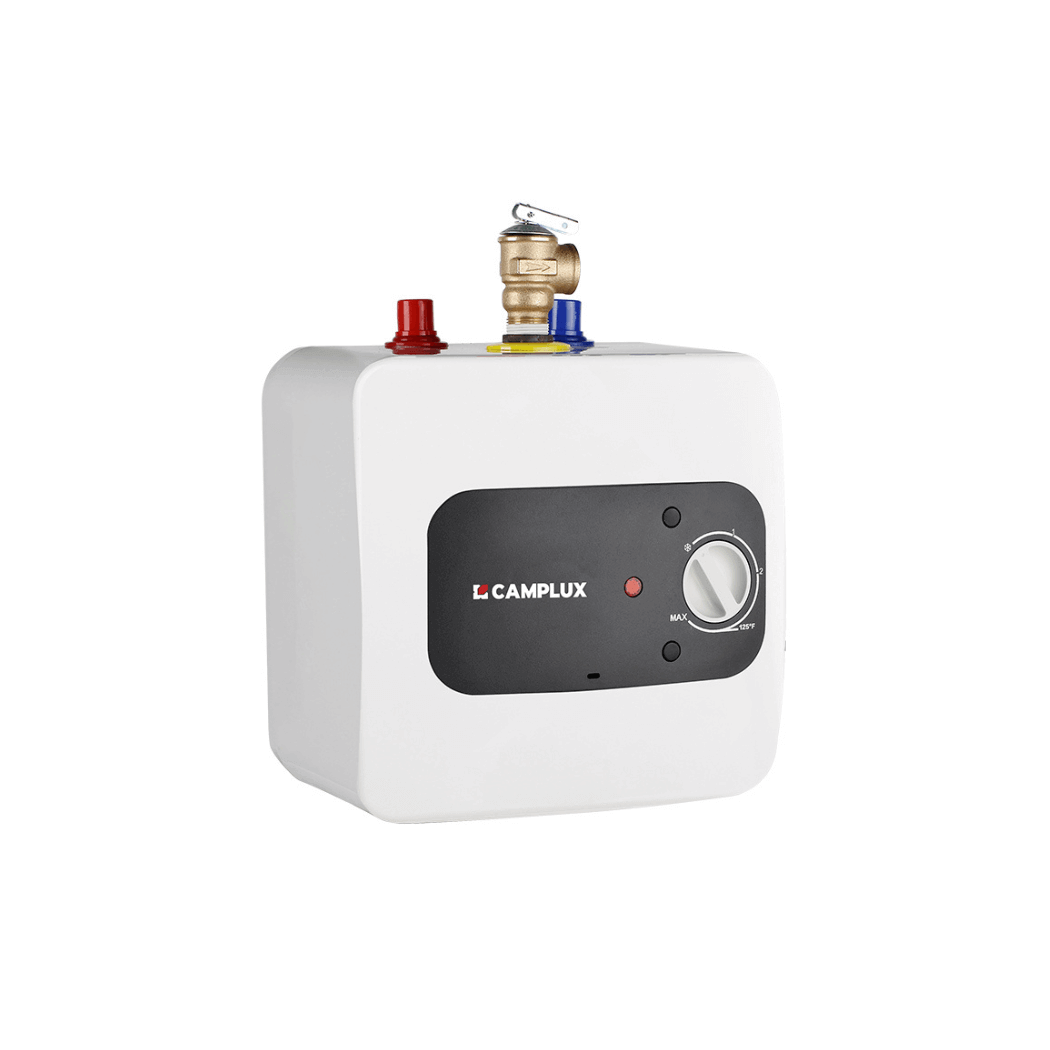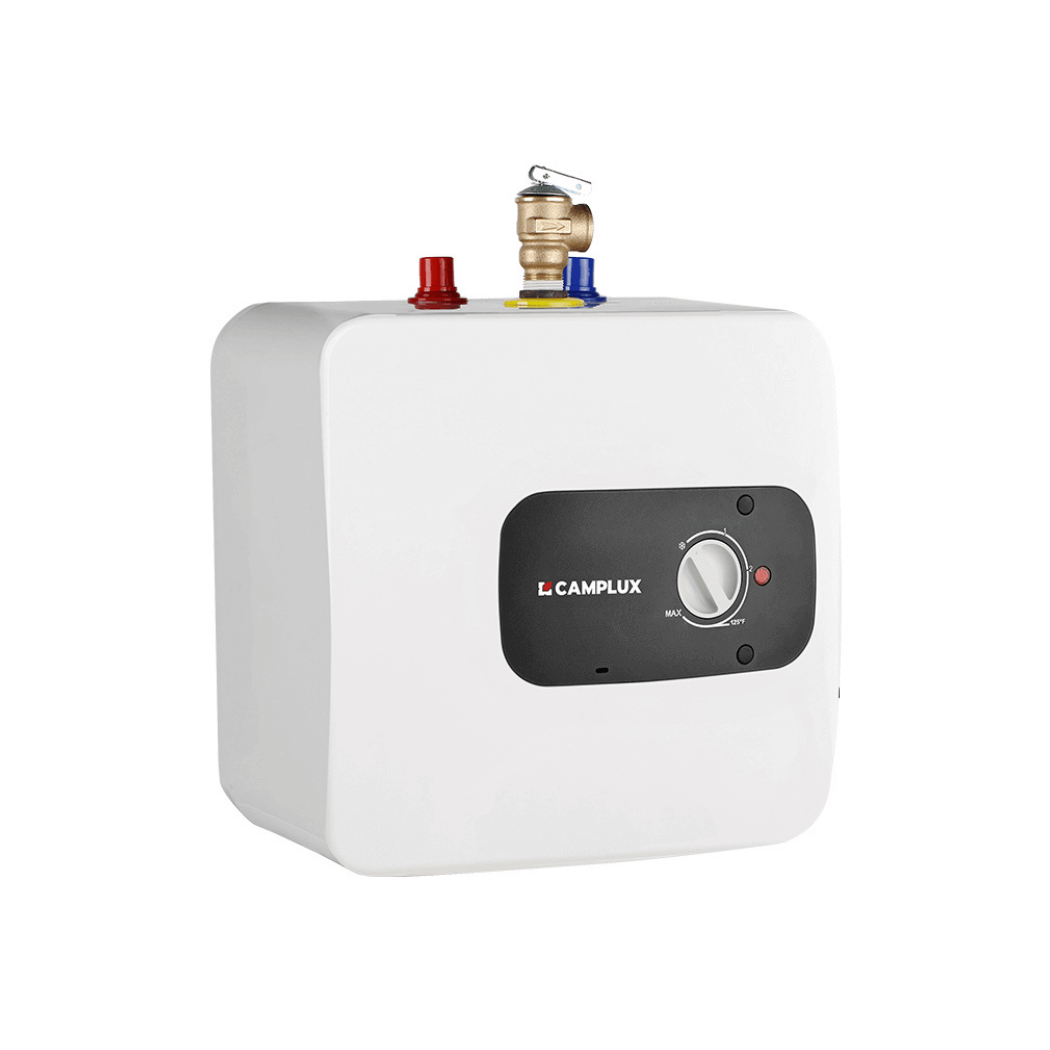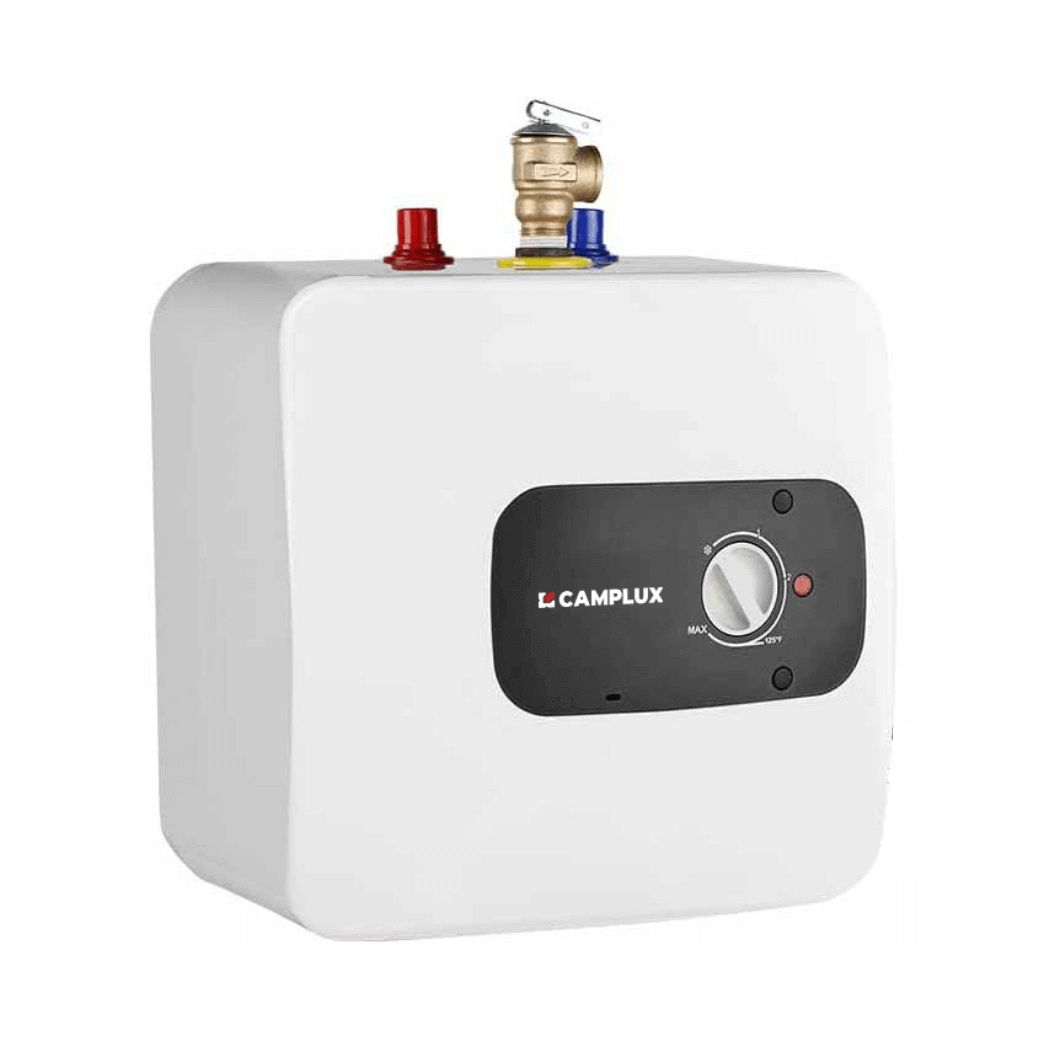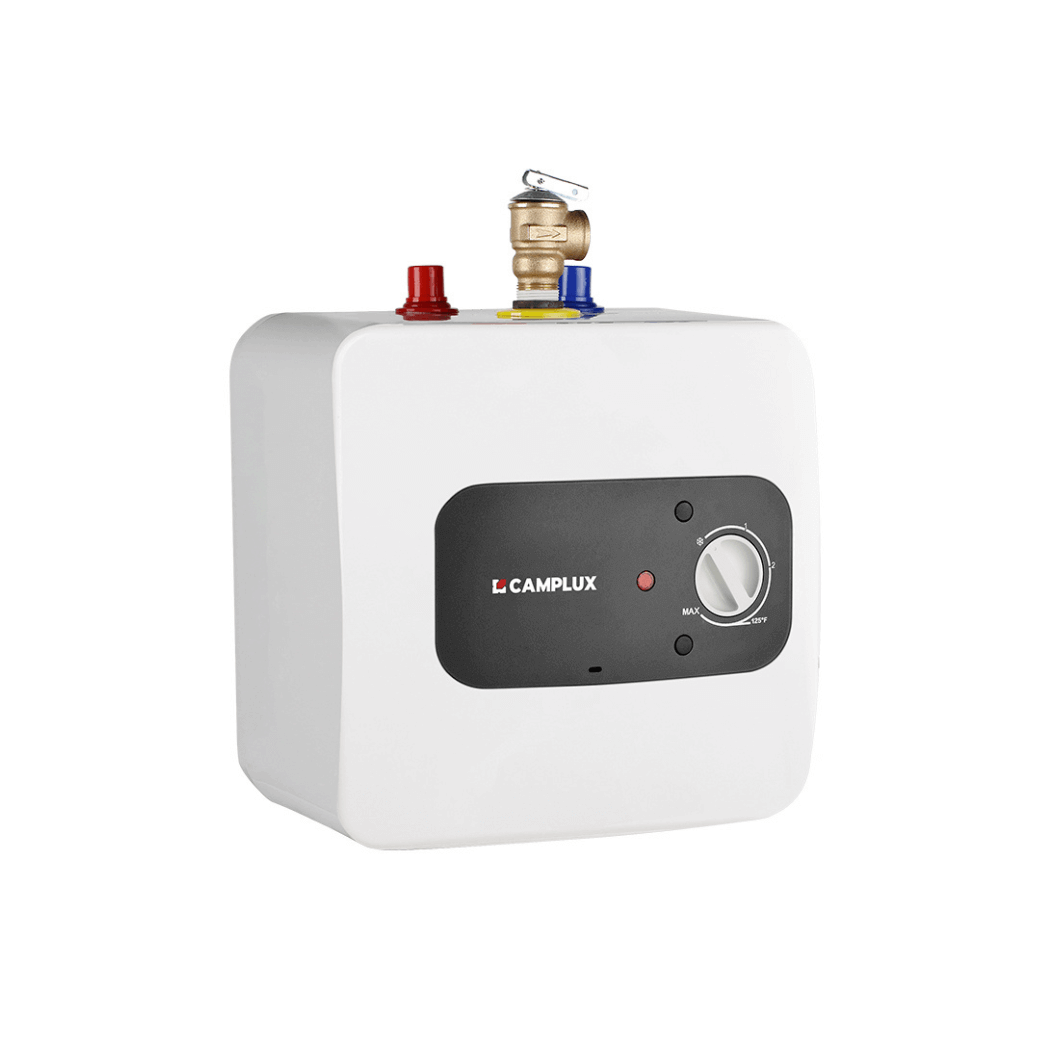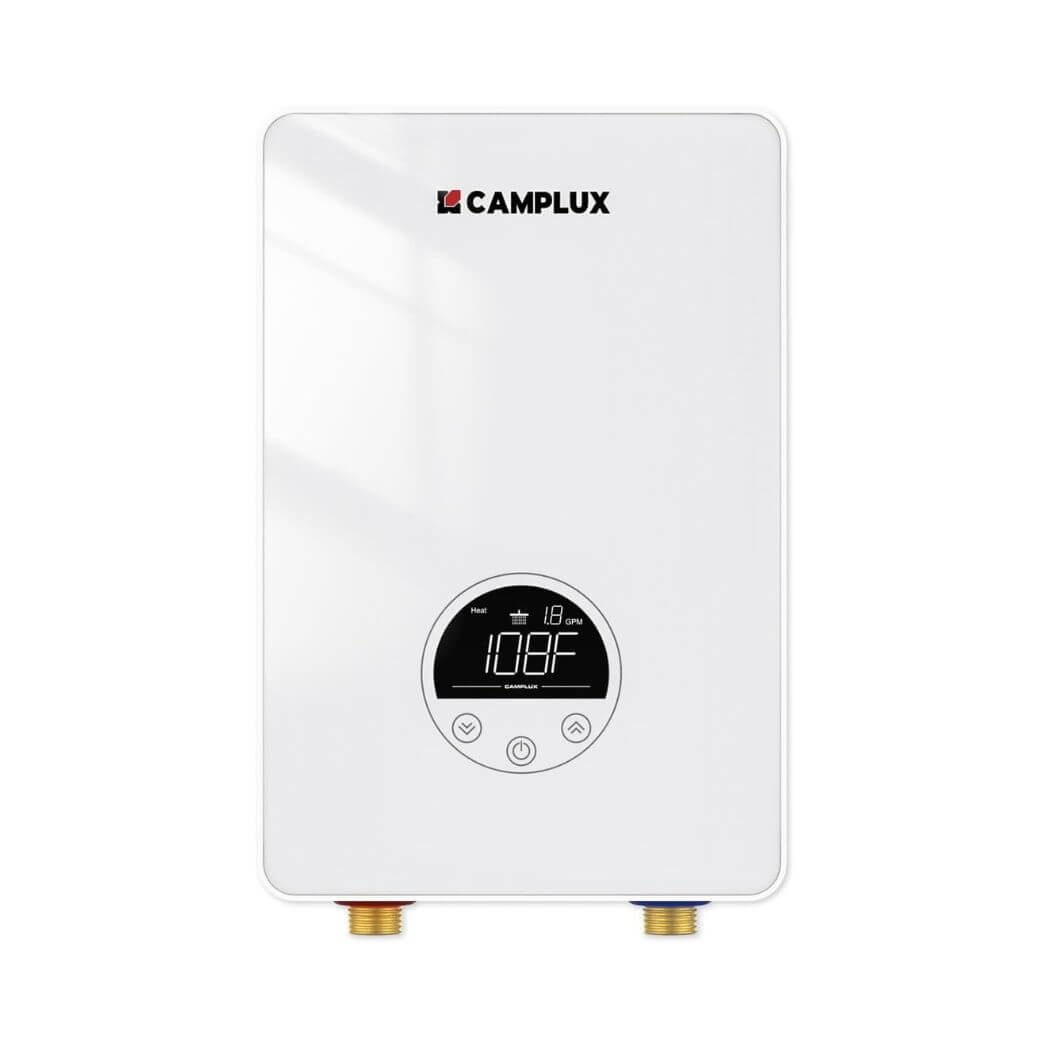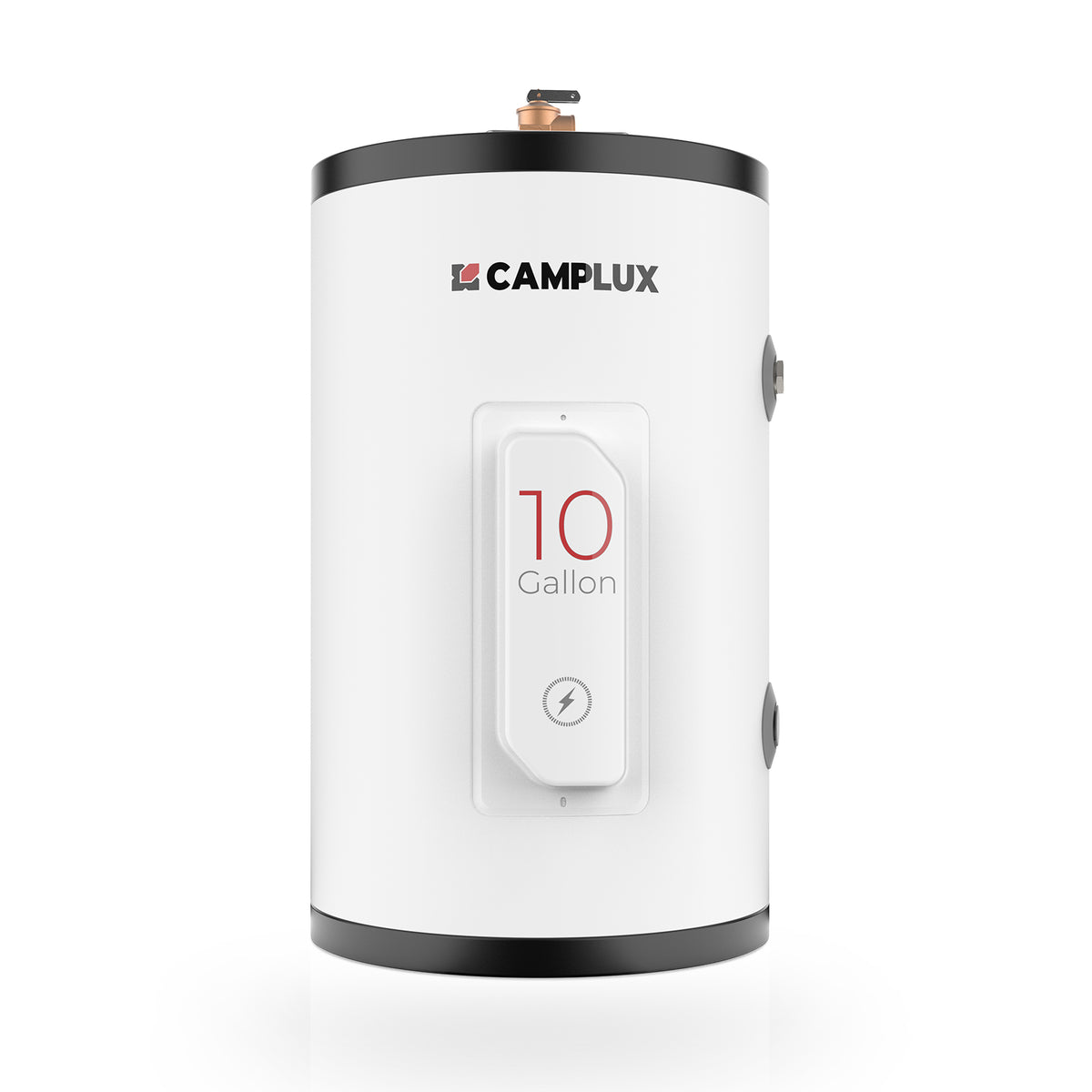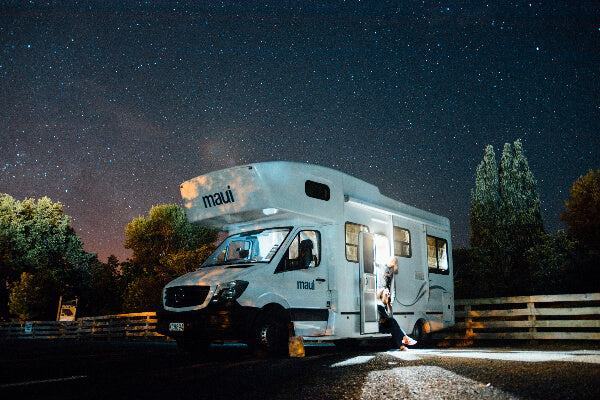Yes, you can drive an RV in winter. Here's what to know when taking an RV out on a road trip with snow.
For some travelers, a winter RV road trip could mean driving to grandma's house for the holidays but sleeping in your RV instead of a bedroom. Others may see it as an opportunity to escape crowds and skip the Christmas tree in favor of living trees. However, spending winter in an RV comes with its own set of challenges. Here are 10 things to consider before embarking on a winter RV adventure in the snow and ice.
Advice for winter RVing
1. Determine if your RV needs to be winterized and understand what that entails.
When planning a trip to a cold destination, you'll likely come across the term "winterizing your RV." Your task is to find out if your RV has already been winterized and if it needs to be. Winterizing your RV involves steps such as- Emptying water tanks,
- Draining the water heater and lines
- Disabling plumbing to prevent pipes from freezing or getting damaged.
However, winterizing may not always be required, especially if your destination won't experience freezing temperatures. Keep in mind that if a vehicle has been winterized, you won't be able to use the sink or bathroom inside the RV as usual unless you take additional steps like using antifreeze.
2. Get the right heater
If your campsite has access to electricity, using an electric heater is the most cost-effective option. However, if you're camping without an electric hookup, it's best to avoid using the onboard heat systems.
These systems typically use propane, which won't last long, according to JP Smith, a full-time RV traveler and founder of the Ultimate RV Checklist app. Smith suggests using a small, portable propane heater instead, as it consumes less propane while still providing sufficient heat for the smaller spaces in RVs.
To ensure that your RV's built-in furnace functions properly, make sure to clean it regularly by using compressed air or a soft brush to remove any debris that may obstruct the airflow.
3. Proper insulation is also crucial for keeping your RV warm
With good insulation, you may not even need a separate heater. Additionally, having good insulation means you won't have to wear heavy jackets indoors or rely on sleeping bags every night, even during winter in an RV.
Here are some insulation options to consider: Don't forget about the slide outs. If your RV has slide outs, RV blogger Ashley Mann recommends placing foam board insulation underneath each slide to reduce drafts. Just remember to remove the foam before retracting the slides.
Another option is to use an RV skirt, which is a vinyl barrier that wraps around your RV. This creates an insulated air barrier, keeping the RV warmer inside and preventing pipes from freezing. Using an RV skirt can also help you save on propane usage and energy costs. RV skirts can range in price from $150 to several thousand dollars, depending on factors like quality and custom sizing. If you don't have an RV skirt, travel blogger Taryn Shorr suggests packing snow around the battery bays as a natural insulator in a pinch.
4. Don't forget to prepare your pipes to prevent freezing.
It's not only important for you to stay warm, but also to protect your RV's pipes from freezing. When water in the pipes and hoses freezes, it can cause them to crack or burst.
Travel blogger Bettina Staerkle learned this the hard way while traveling through Alberta, Canada in the winter. Her hot water tank froze and burst, causing flooding inside her RV. If you're only experiencing a few cold nights per year in your RV, Staerkle suggests a simple method to prevent freezing pipes. Keep a faucet running slowly throughout the night to keep the water moving through the pipes. Moving water requires a lower temperature to freeze compared to stagnant water.
Another easy solution is to use heat tape. Wrap it around your RV water hose and plug it into a power source. The tape will remain heated as long as it's plugged in, keeping the hose warm.
5. Check your tires
If your RV doesn’t have snow tires and you’re planning to drive through icy road If you're planning to drive your RV through icy road conditions and don't have snow tires, make sure you have snow chains. Some roads require the use of snow chains during adverse weather conditions.
However, be aware that certain RV rental companies, like Cruise America, may prohibit the use of chains on their motorhomes due to potential damage.
6. Prepare the necessary equipment
While it's important to avoid packing too much, winter in an RV may require a few extra items. Here are some things to consider packing:
- Vent insulator pillows: These affordable pillows, ranging from $10 to $40, can be inserted into openings like roof vents to keep warm air in and cold air out. Travel blogger Laura Peters recommends them, as they saved her hundreds of dollars on heating during the winter.
- Weather and road condition apps: Download apps like Weather Hi-Def Radar, which provide snowfall and wind speed maps. These can be particularly useful when driving an RV in winter.
- Warm gear: Pack electric blankets, hand warmer packets, and waterproof, windproof clothing to keep yourself warm.
- Slippers: Protect your feet from cold floors by wearing slippers inside your RV, especially if your shoes are dirty or snowy.
- Snow shovel and ice scraper: Be prepared to dig out your RV and scrape ice from your windows when necessary.
- Extra emergency items: Make an exception to the "don't overpack" rule when it comes to emergency supplies. Consider bringing additional driving equipment like chains and camping goods like canned food.
- Toiletries: Since your lodging is an RV, you won't have the convenience of calling the front desk for more shampoo. Make a list of the toiletries you regularly use and remember to pack them. Opt for plastic-free versions of your toiletries for a more eco-friendly camping experience. Don't forget essentials like sunscreen and chapstick, even in snowy conditions. Organic lip balms like Eco Lips are a great option.
7. Prevent cold air from entering through the windows
To ensure a cozy environment, keep the shades closed during snowy weather. Surprisingly, this extra layer acts as a barrier, creating an air gap that prevents cold air from seeping into the main living area, according to Jerome Braga, an experienced RV traveler.
Additionally, make sure to properly insulate the windows by using a plastic film that shrinks when heated. This simple step can significantly reduce heat loss, as suggested by Ashley Mann, the author of the RV Inspiration blog.
8. Verify the campground schedule
For those who enjoy spontaneous road trips, some advance planning is necessary during winter. Many campgrounds close during this season, so it's important to confirm if potential campsites are open before hitting the road. However, even if a campground appears closed online, it's worth giving them a call.
Damian Tysdal from the Safe Travels podcast explains that some campgrounds and RV parks may accept campers on a day-by-day basis, despite being officially closed. They are often available and willing to accommodate campers.
9. Exercise caution while driving
Driving an RV in winter requires the same level of common sense as driving any other day. Slow down and avoid driving during dark hours.
However, winter conditions introduce new variables. RVs typically have rear-wheel drive, which means the brakes will respond differently on slippery roads compared to most passenger vehicles. It's crucial to gently apply the brakes and maintain a safe distance from the vehicle ahead. When driving in snowy conditions, switch your headlights to the low beam setting.
Bright lights can hinder visibility through the snow, so it's best to keep them dim, as advised by Young.
10. Head south
When everything else fails, set your GPS to go in the southern direction. That's the advice given by Michelle Fishburne, a full-time RV traveler. She shares her personal experience of encountering road ice and the fear it brings back from her childhood. To avoid the stress and potential danger, she suggests skipping driving on icy roads altogether. Fishburne's winter route will take her from Raleigh, North Carolina, through Texas and Arizona, and eventually to San Diego, California. She emphasizes that if you're not used to driving on ice and snow, attempting it in a motorhome is not recommended.
Winter RV road trips can be exciting and a unique way to travel in nature. You can enjoy cooking your own food on the stovetop and roasting marshmallows over a fire without having to rely on restaurants. However, driving an RV in winter comes with its own challenges. You need to ensure that your RV is prepared for winter conditions and acquire the necessary gear for camping and driving. If all else fails, heading south for a warm-weather getaway in your RV is always an option.
